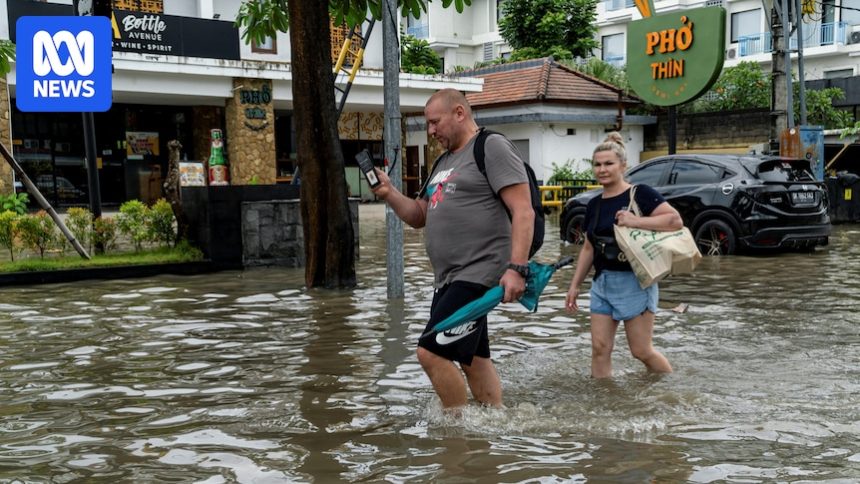At least 15 people have been confirmed dead and 10 more remain missing after flash floods and landslides swept through Bali and East Nusa Tenggara this week, devastating communities and submerging popular tourist areas.
Days of relentless rain triggered rivers to overflow, inundating homes, markets, and roads across nine districts of Bali. In Denpasar, floodwaters tore through the busy Badung and Kumbasari markets, sweeping away buildings and trapping residents. Rescuers later pulled the bodies of four victims from the wreckage in South Denpasar and confirmed the death of a woman found near Badung market late Wednesday. Six people are still unaccounted for.
East Nusa Tenggara has been equally hard hit. In the Nagekeo district, torrents of mud buried parts of Mauponggo village, where a mother and her child were found dead beneath the debris. Several others were killed as floodwaters engulfed homes and swept away vehicles. Landslides blocked key roads, destroyed two bridges, and damaged government buildings, plantations, and rice fields.
Indonesia’s National Disaster Mitigation Agency said floodwaters rose as high as 2.5 metres in some neighbourhoods, forcing more than 800 residents into shelters. In Bali, electricity and water supplies were cut, leaving hospitals, hotels, and restaurants relying on generators. Authorities reported 18 landslides across Karangasem, Gianyar, and Badung districts, which destroyed homes, shops, and infrastructure.
Videos shared by rescue teams showed cars drifting in muddy currents while soldiers ferried children and elderly residents to safety in rubber boats. Bali’s governor, Wayan Koster, said the disaster has caused major material losses for traders and tourism businesses, warning that recovery will be long and costly.
The disaster has also drawn international concern. Australia’s Department of Foreign Affairs and Trade confirmed its consulate in Bali is monitoring the situation closely and is prepared to assist Australian citizens.
Amid the devastation, stories of resilience emerged. German visitor Philipp Peltz described pushing his scooter through waist-high water for hours to reach Denpasar airport. “No taxis would pick me up, the roads were flooded and no one was getting through,” he said. “As always, the Balinese people were helping each other out, there was no panic.”
Tour operator Dedians Jebarus said his family’s home in Dalung, near Denpasar, was inundated but that his relatives were safe. By Thursday, skies cleared over the provincial capital, but the scars of the flooding remain.
Seasonal rains frequently bring deadly floods and landslides across Indonesia between September and March. Officials say rescue efforts continue in both provinces, but rugged terrain and ongoing heavy downpours are making operations difficult.




